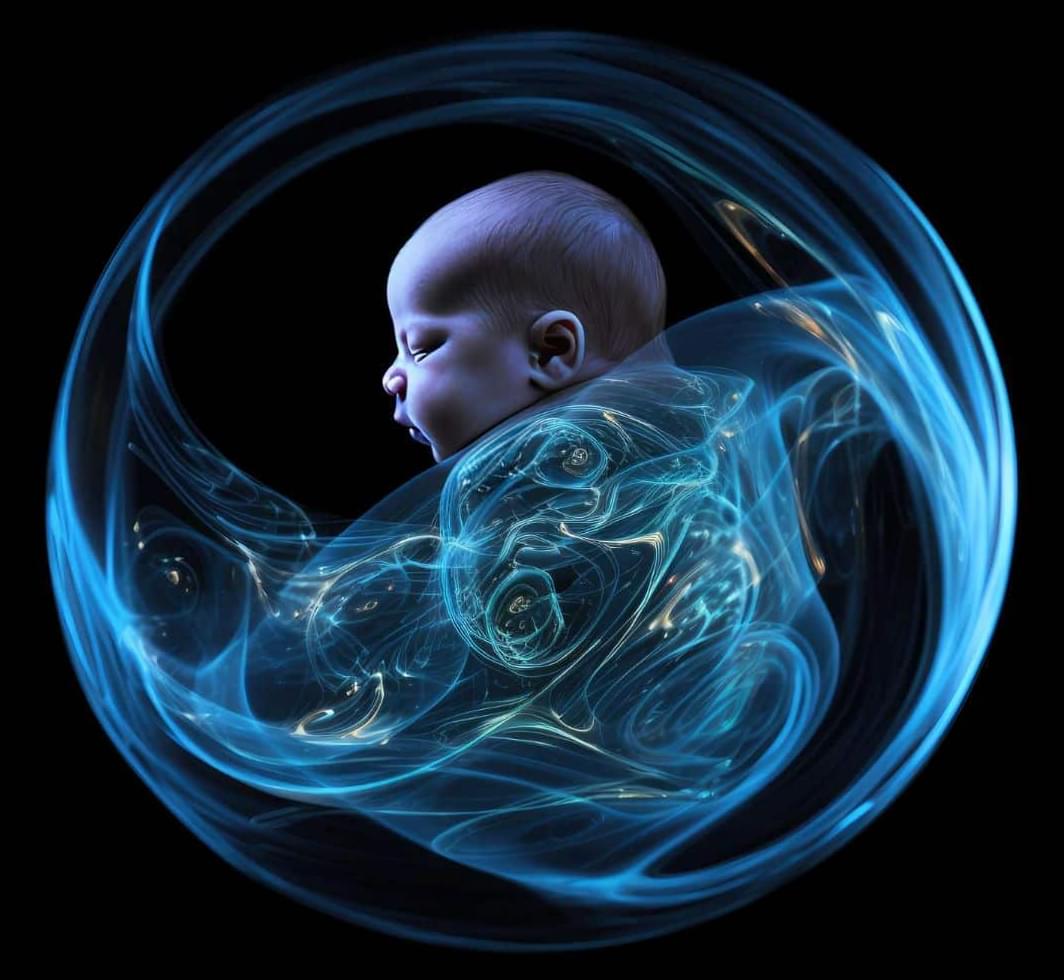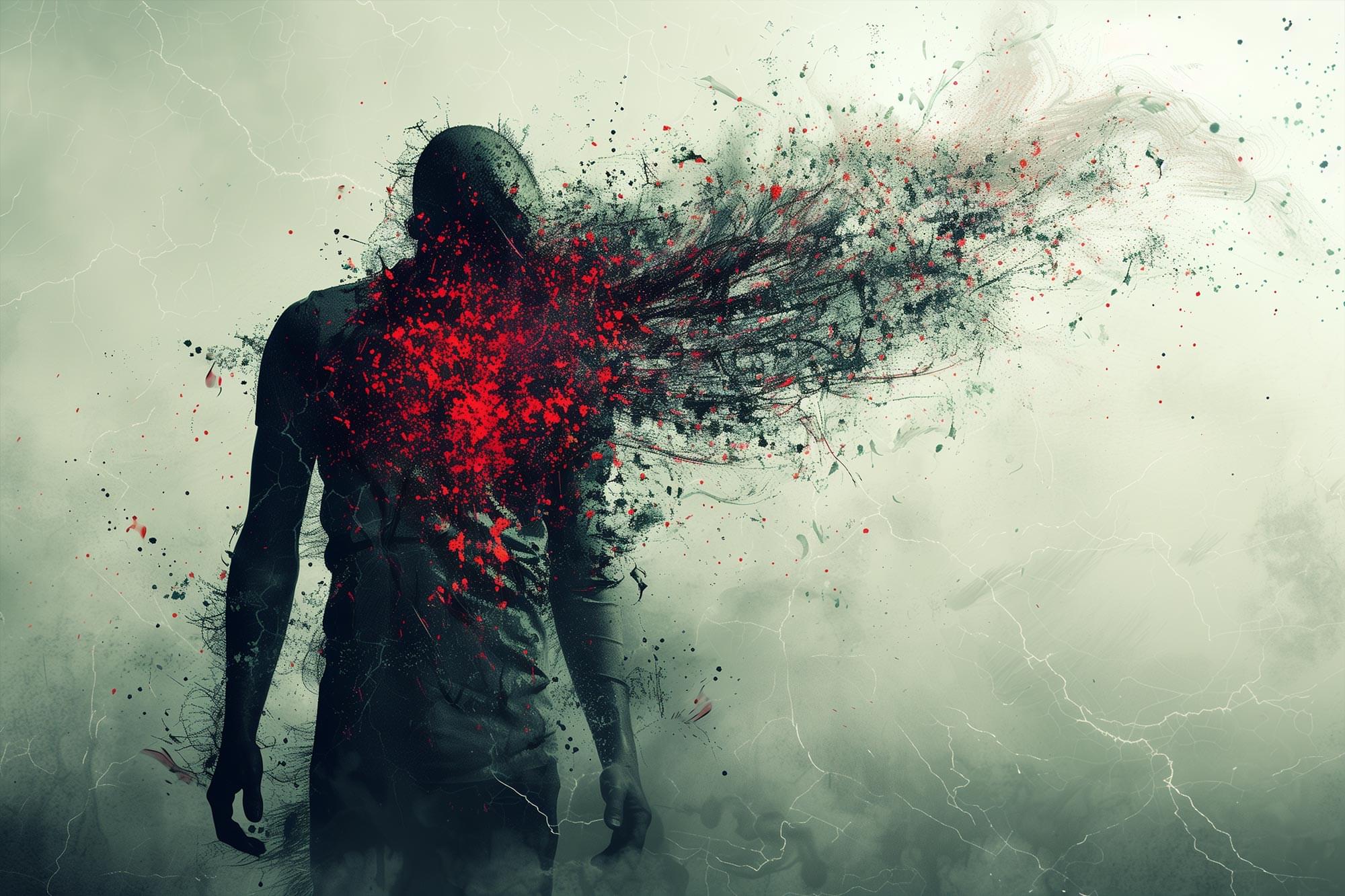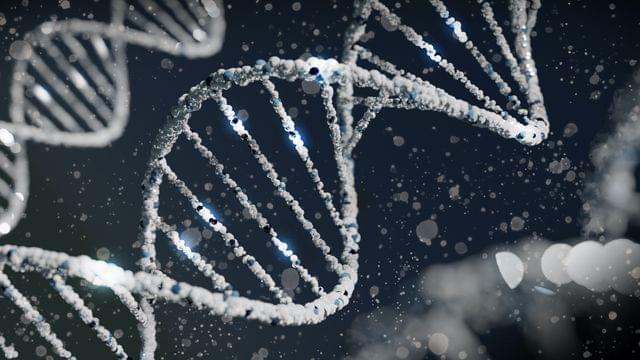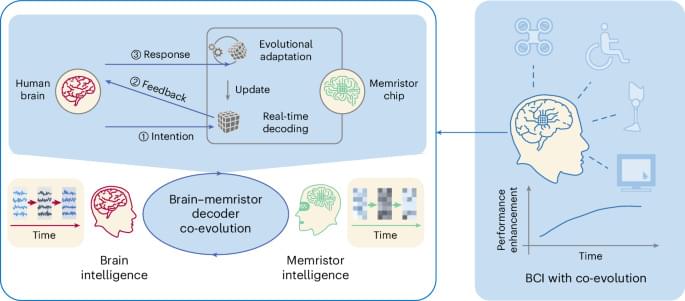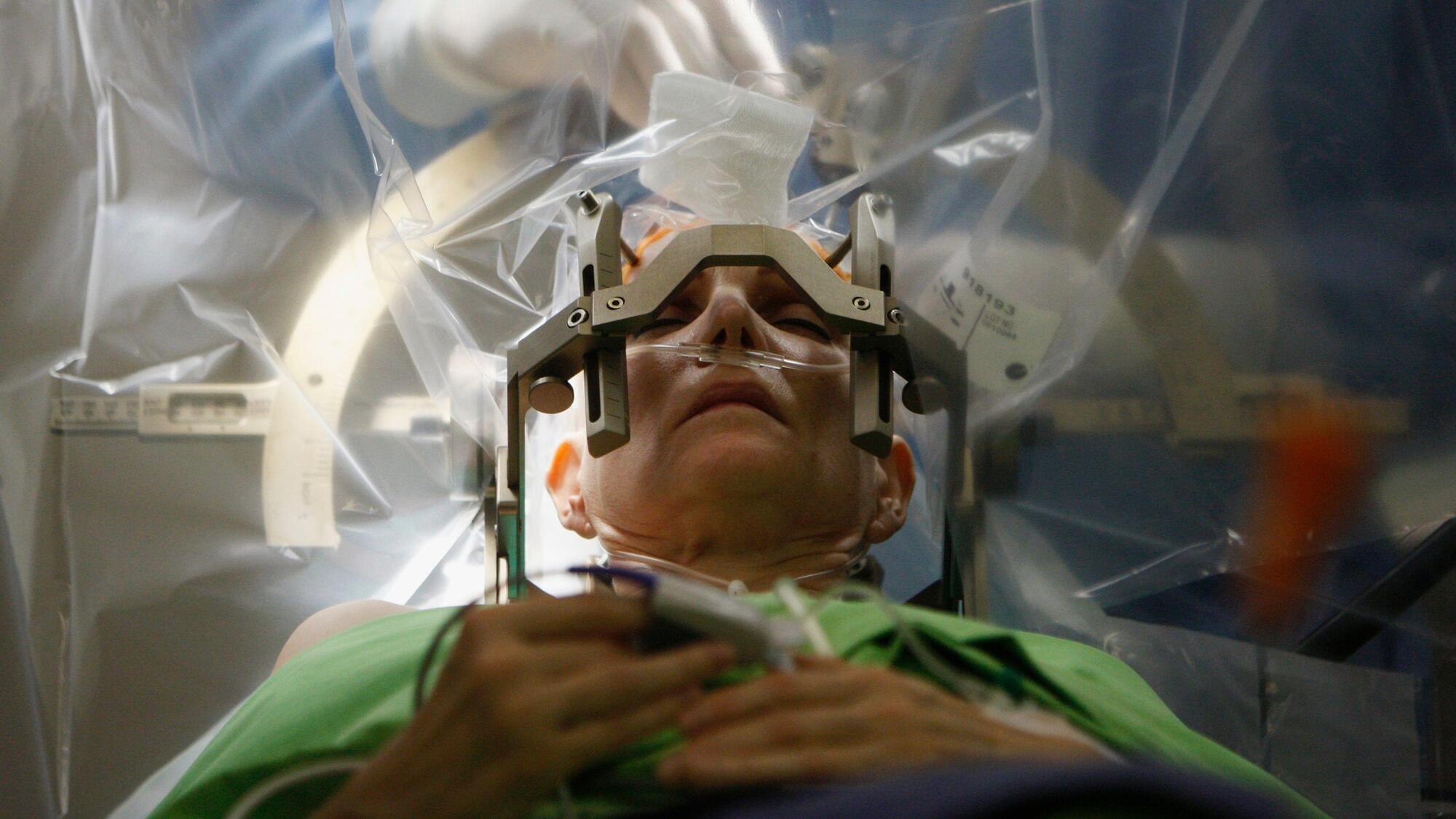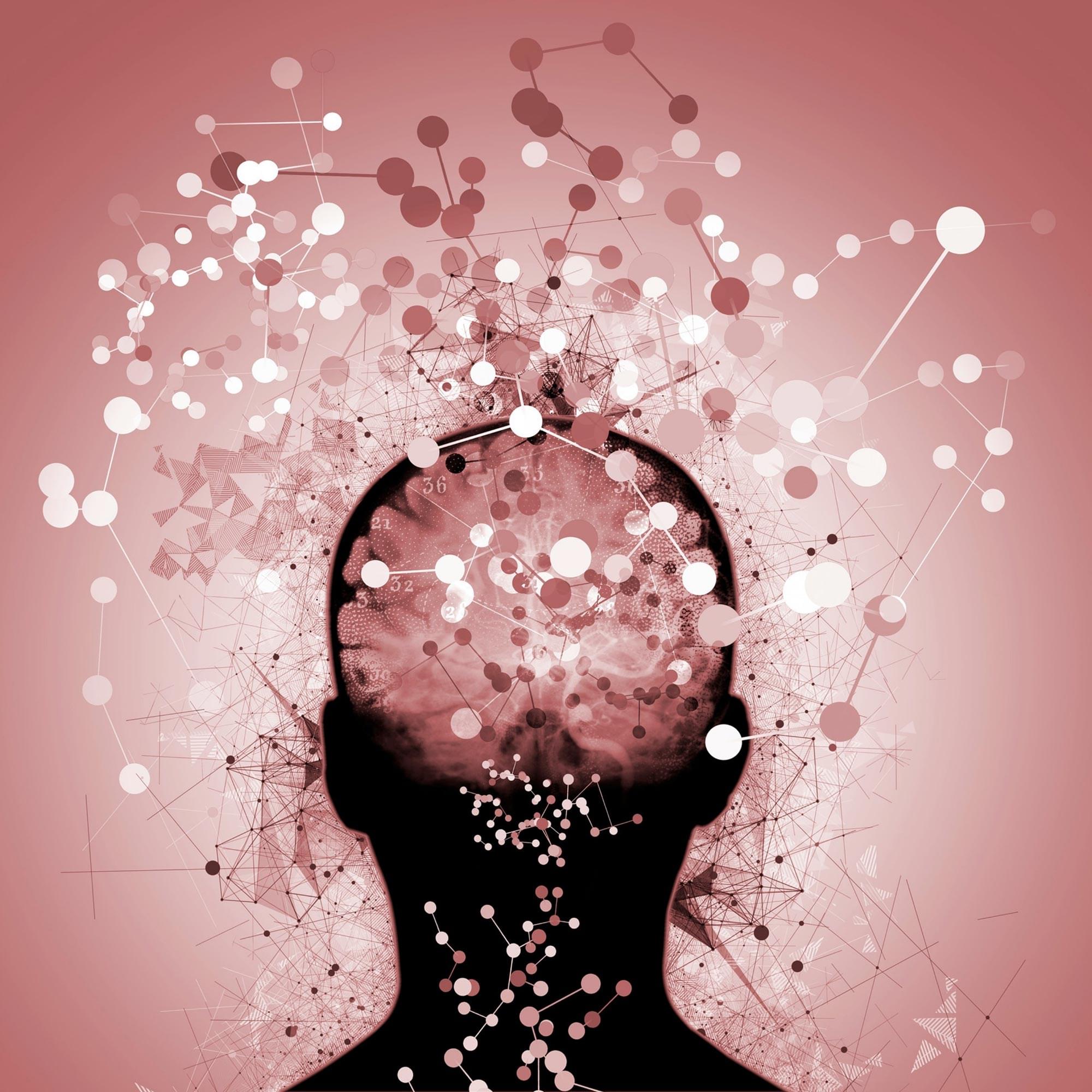A few decades later, the neuropsychologists Roger Sperry and Michael Gazzaniga studied more of these so-called split-brain patients and discovered that each half of the brain processed information independently. Each could make its own decisions and control its own behaviours. In a sense, the surgery had created two separate selves. In some of these patients, one side of their body (controlled by one hemisphere) would do one thing, while the other half (controlled by the other hemisphere) would do the opposite. For example, one hand would button their shirt while the other hand would unbutton it.
So why didn’t these split-brain patients, post-surgery, feel like they had two selves? The answer is that their brains fooled them into thinking that only one self existed and that it was in charge. When one of their hands did something unexpected, they made up a story to explain why. I changed my mind. I didn’t like the way that shirt looked.
These stories or confabulations show the power of the illusion of selfhood – a feeling that evolutionary psychologists believe evolved because it is adaptively useful. What better way to ensure that the physical package carrying and protecting the information in our DNA – namely, our bodies – survives long enough to pass on that code to the next generation? The illusion of the self makes us feel unique and provides us with a goal-oriented purpose to our lives.
